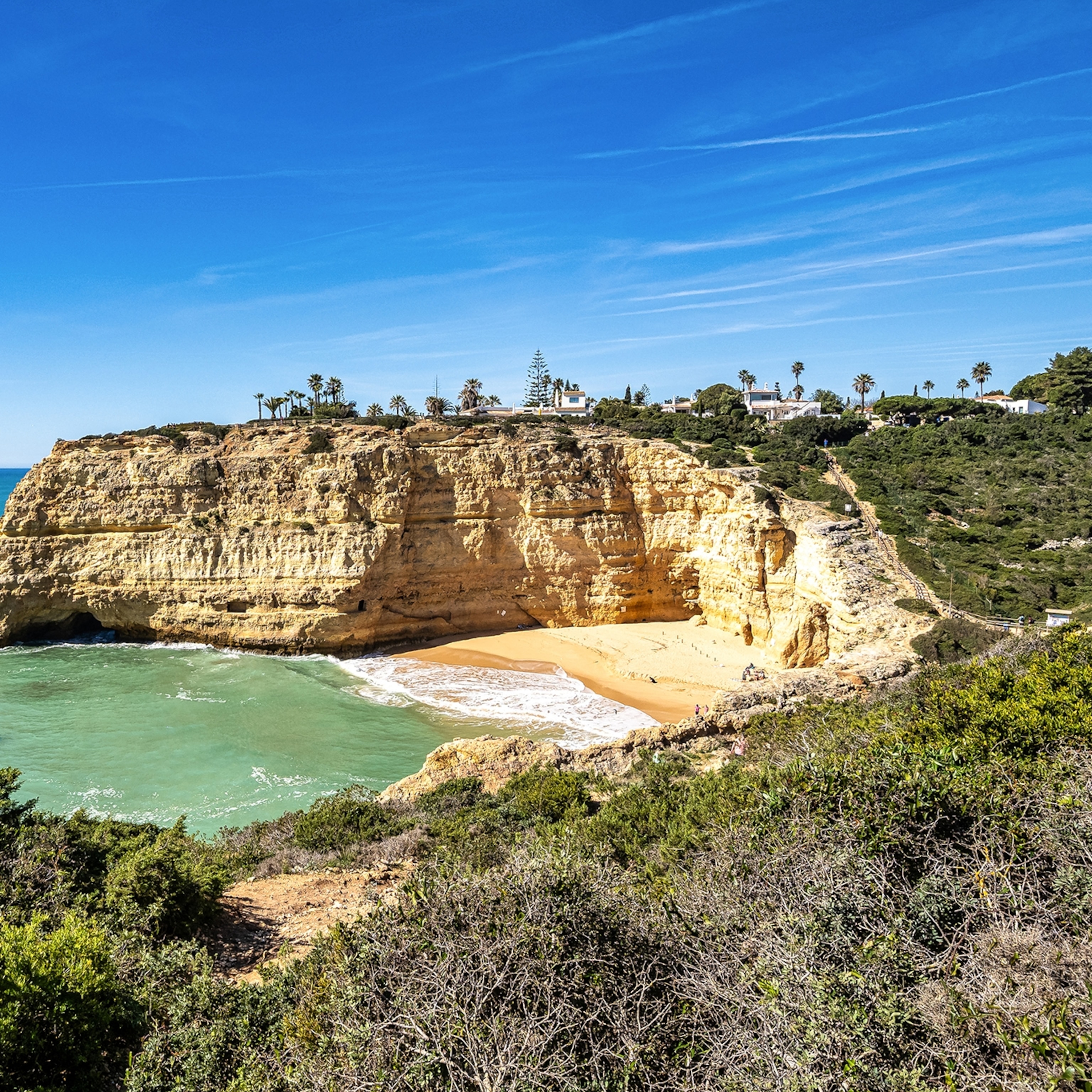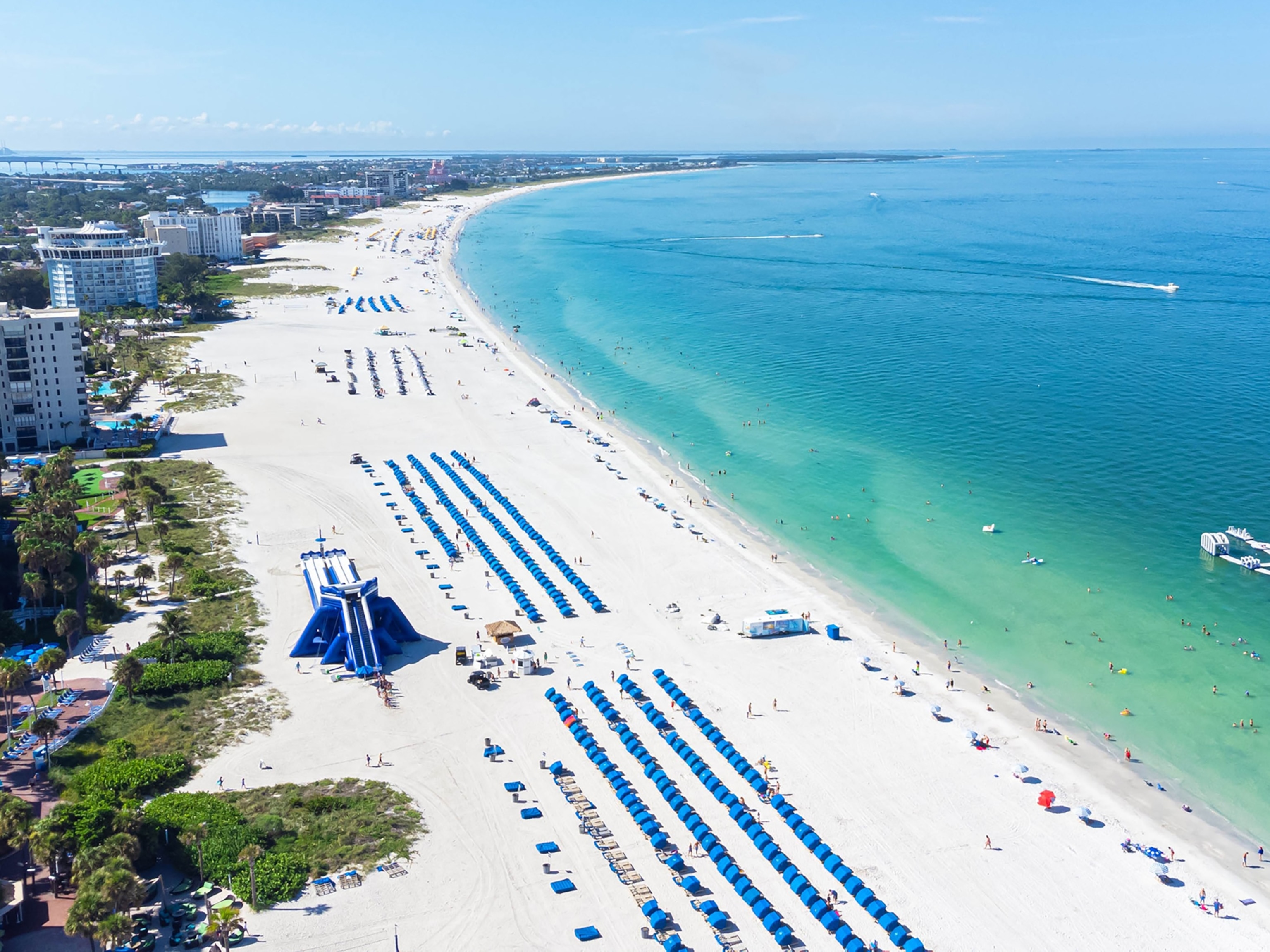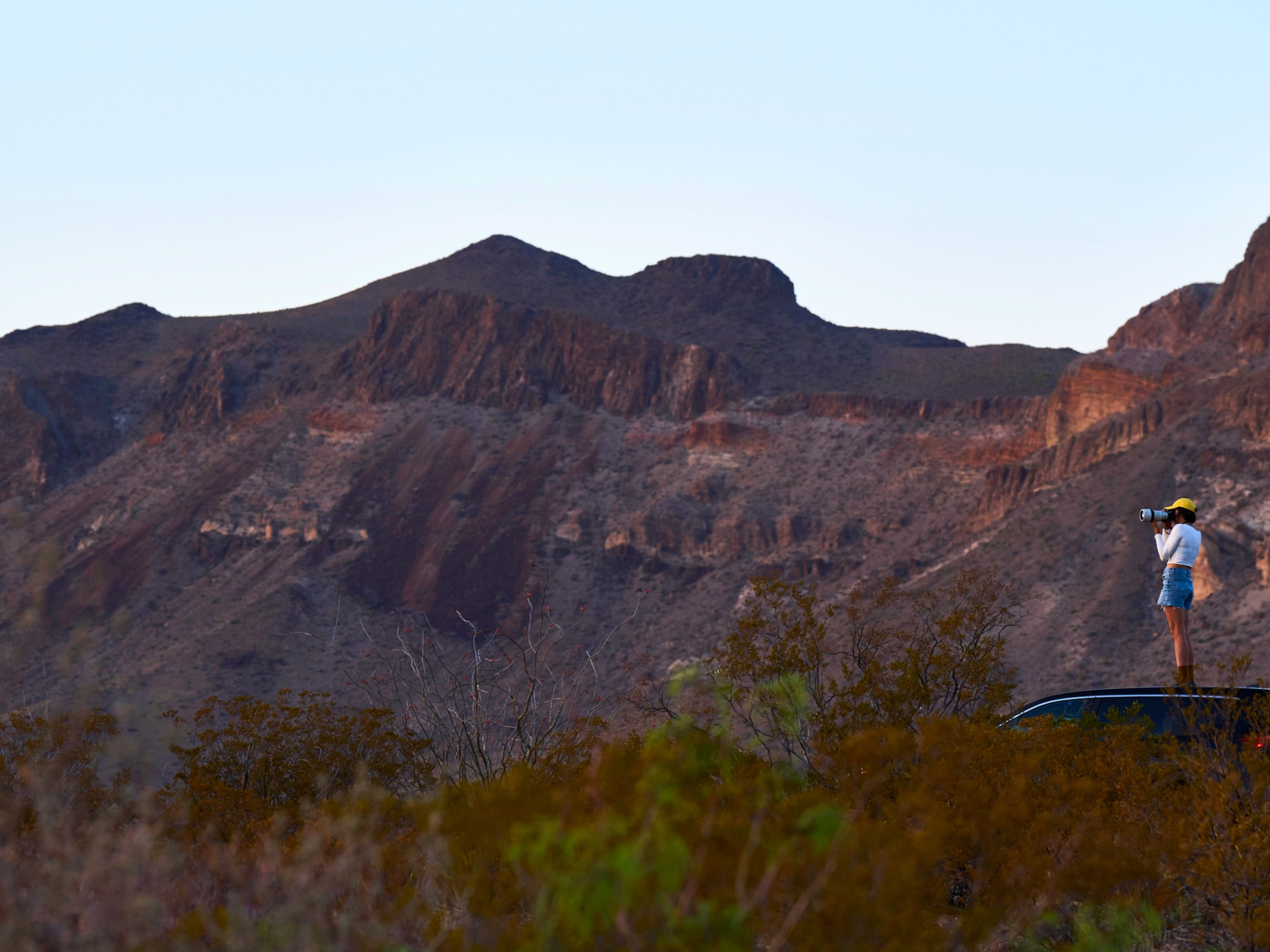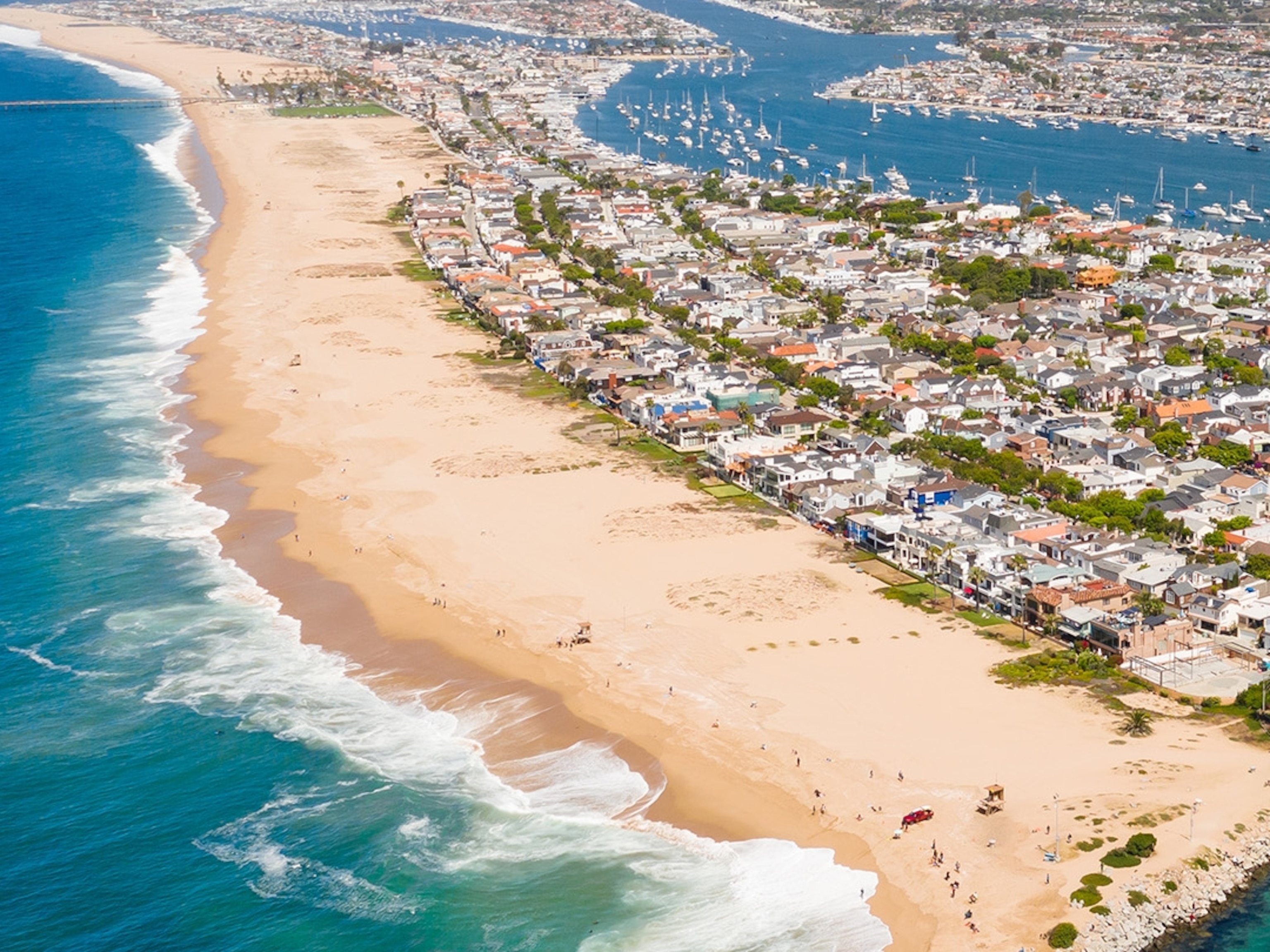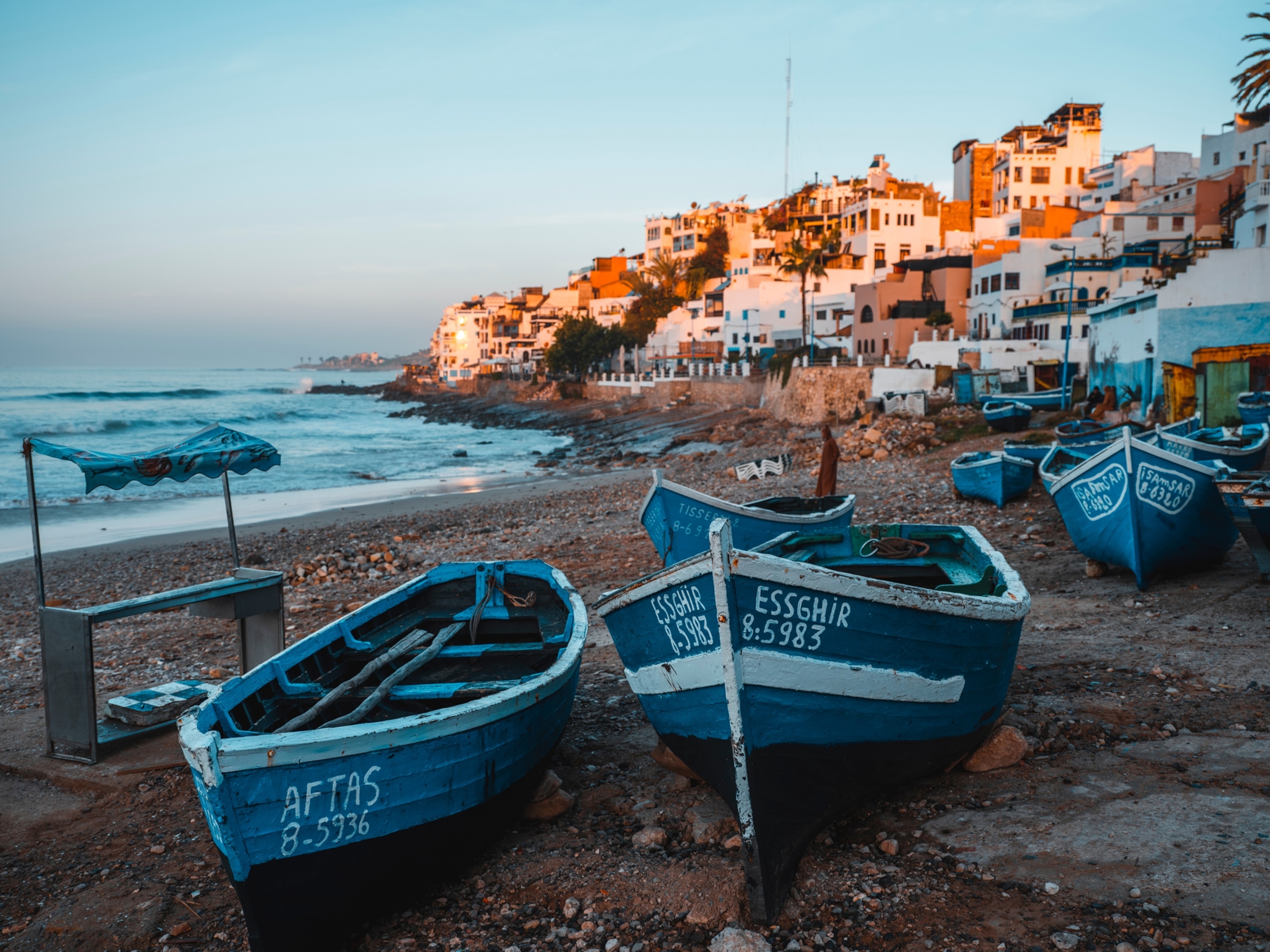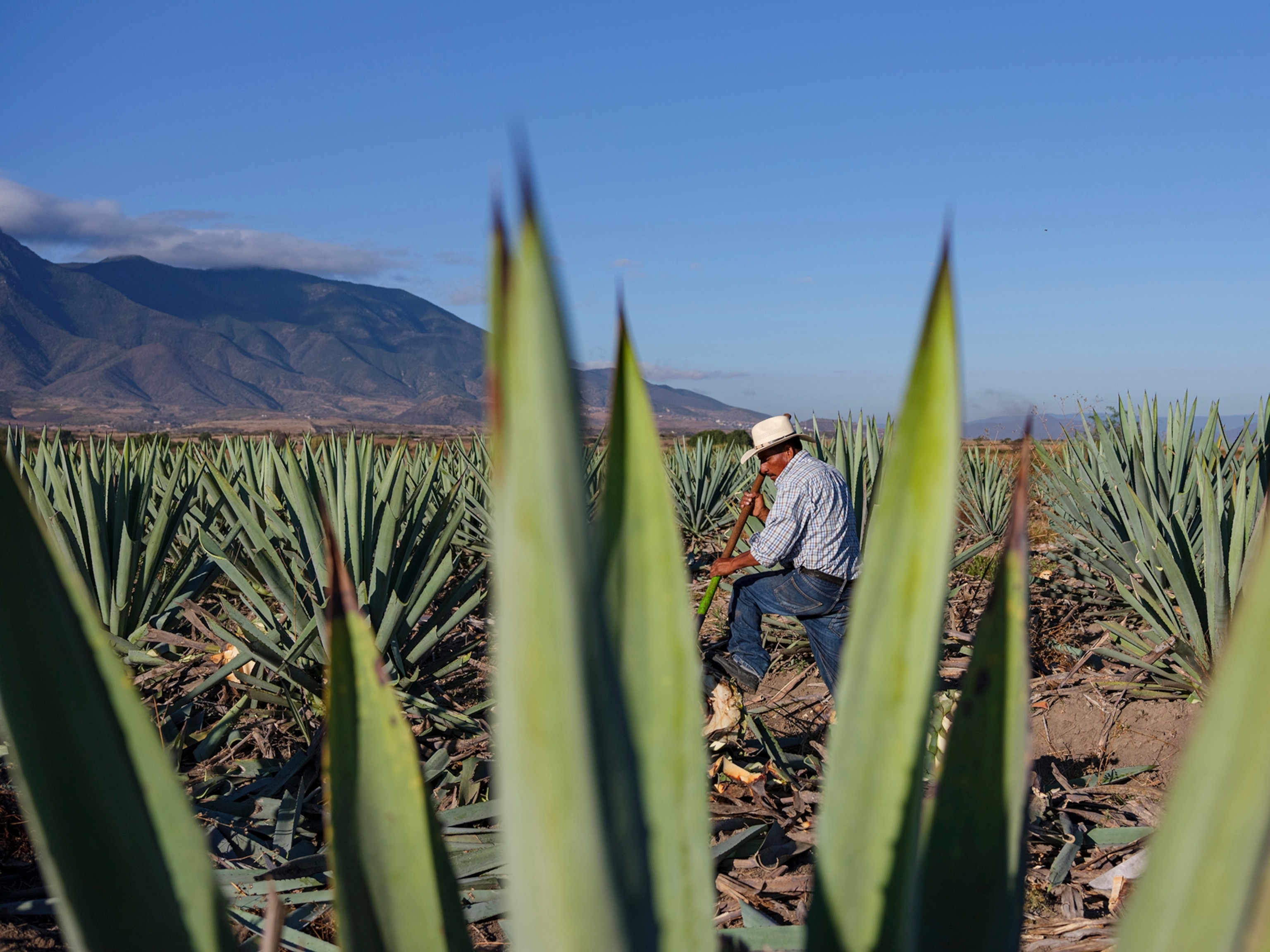
Plunge into beach life on the Texas Gulf Coast
Miles of barrier islands, beaches, and bays create a Texas-big wonderland for sun-and-surf experiences.
Sand and surf may not come to mind when you think about Texas, yet the state has impressive beach bona fides. There are more than 300 miles of Gulf Coast shoreline and bays, and several barrier islands—including the world’s longest stretch of undeveloped barrier island, Padre Island National Seashore.
Escape to wild, secluded spots such as remote Sea Rim State Park, tucked near the Louisiana border, and primitive Matagorda Island Wildlife Management Area, accessible only by boat. Or, embrace the quintessentially Texas vibe of beach communities like family-friendly Galveston Island near Houston and South Padre Island on the state’s southernmost tip. To discover your perfect Gulf beach, check out this round-up of Texas sand-and-surf activities.
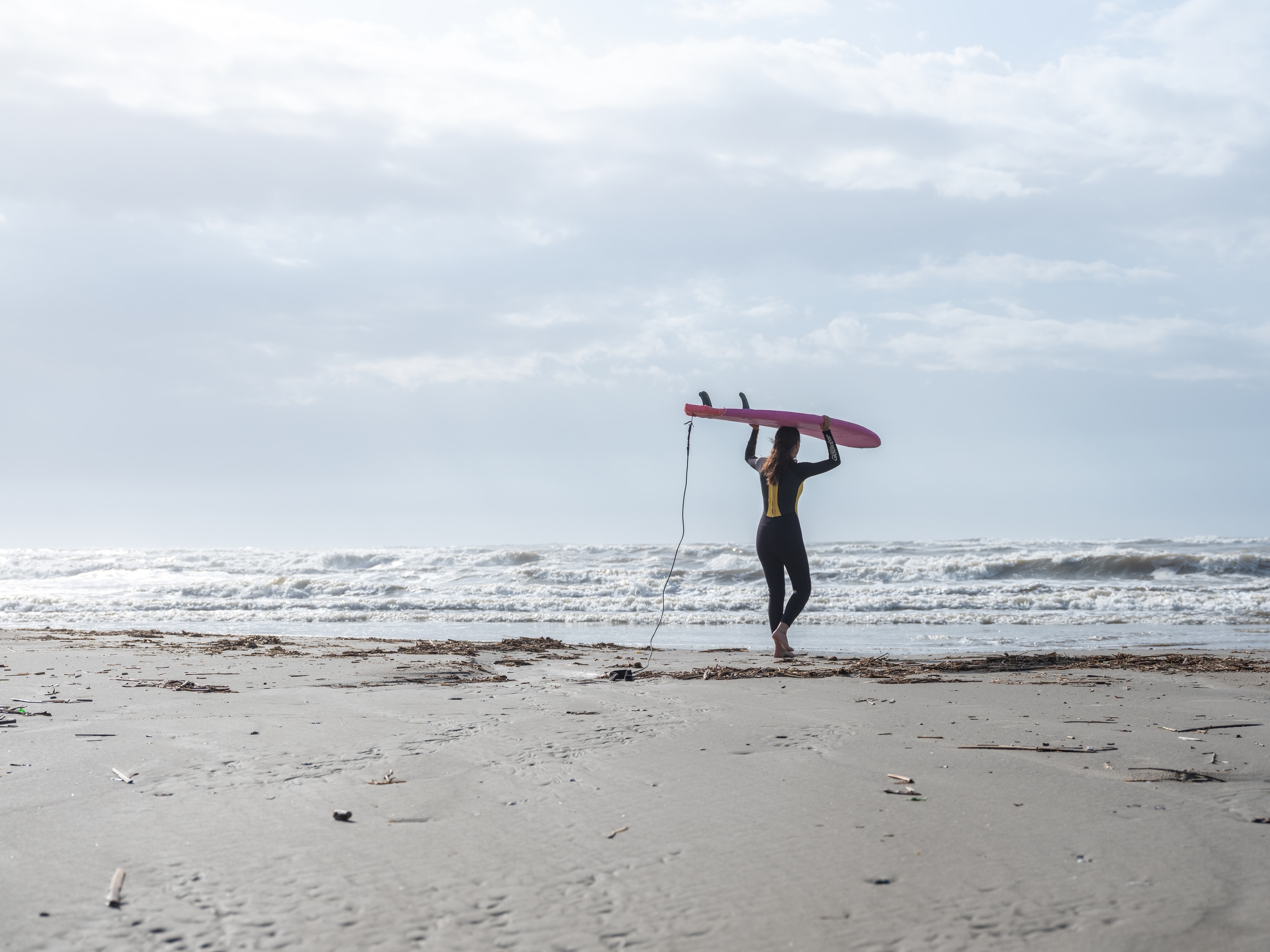


Surfing
The surf scene in Texas is a bit of a best kept secret, even though surfers have been catching waves off the Gulf Coast for over a century. Among the wave-riding pioneers was Galveston Island hero Leroy Colombo, the first deaf member of the city’s Surf Toboggan Club, an elite volunteer lifeguard squad. Colombo, who saved more than 900 lives over a 40-year career that began in 1921, is among the local legends celebrated at the Texas Surf Museum (look for the Woody surf wagon parked outside) in Corpus Christi.
For a firsthand look at current Texas surf culture, visit South Padre Island, where the deep-drop continental shelf creates consistent beach-break waves. In Galveston Island, Surfside Beach, Corpus Christi, and Port Aransas, primetime for surfing typically is spring through fall when cold and warm fronts colliding over the Gulf—or hurricanes—create wave-delivering storm swells. To ride the waves Texas-style any time of year, sign up for a beginner, intermediate, or advanced session with Good Vibes Surf Lessons in Galveston Island.
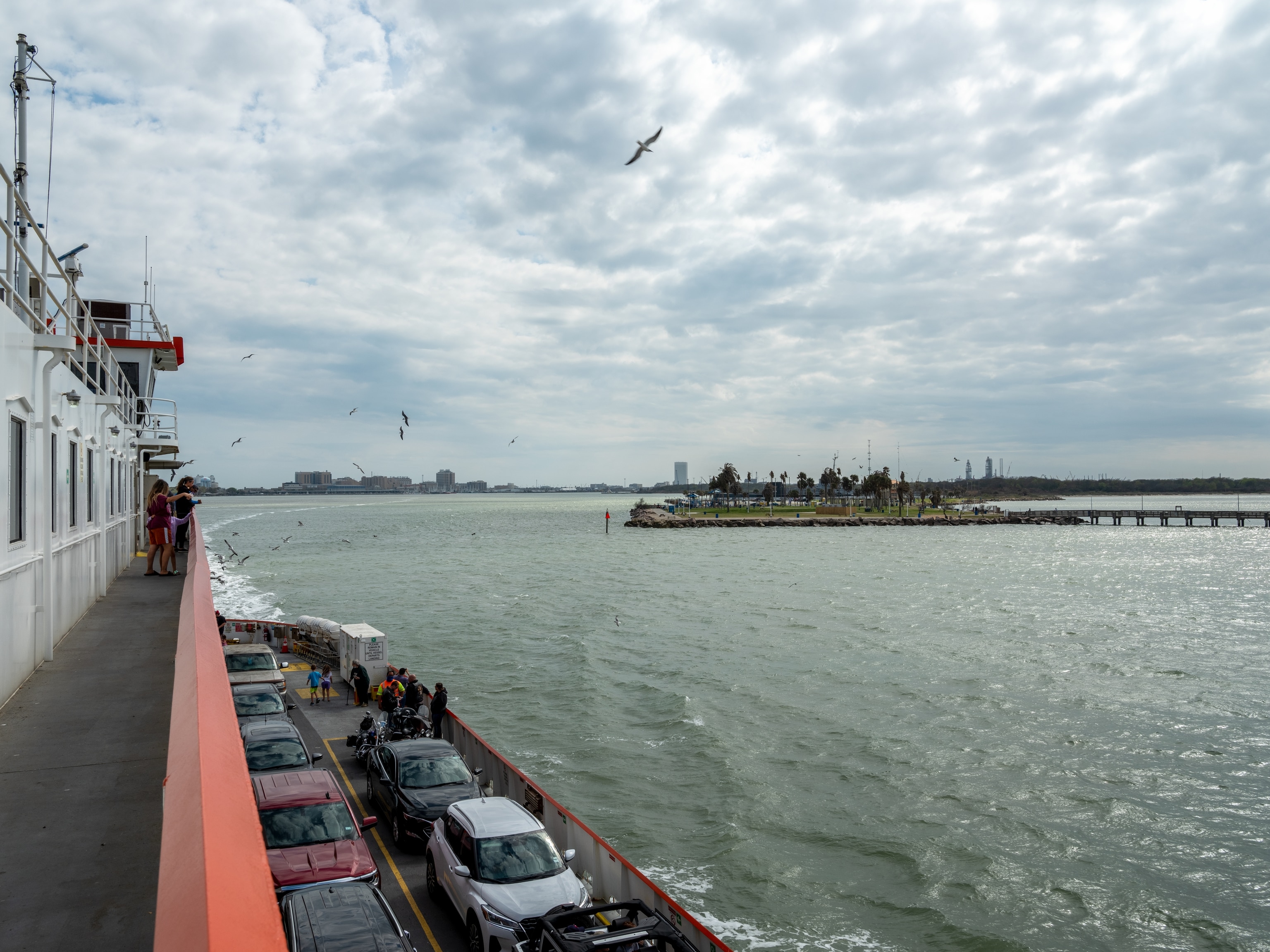
Camping
Splash in the surf by day and stargaze at night while camping out on a Texas beach. A permit is your ticket to ride, park, and pitch a tent or pull in a camper for free on the Bolivar Peninsula, the slender strip of beaches and nature preserves separating Galveston Bay from the Gulf Coast. Take the Galveston-Bolivar Ferry to the peninsula for family-friendly camping on Crystal Beach or primitive camping in the designated vehicle area near Bolivar Flats Shorebird Sanctuary.
Just south of Galveston in Brazoria County, free primitive camping (no permit required) is available at Bryan Beach and Follet Island’s Beach. You can also pay a nominal fee to camp at nearby Quintana Beach County Park. Campsites at the 52-acre park are across the dunes from the Gulf—not directly on the beach—but you’ll still fall asleep to the sounds of the surf. Wherever you camp, watch the tides and weather to stay safe, and minimize your environmental impact by following the planet-friendly practices of Leave No Trace.
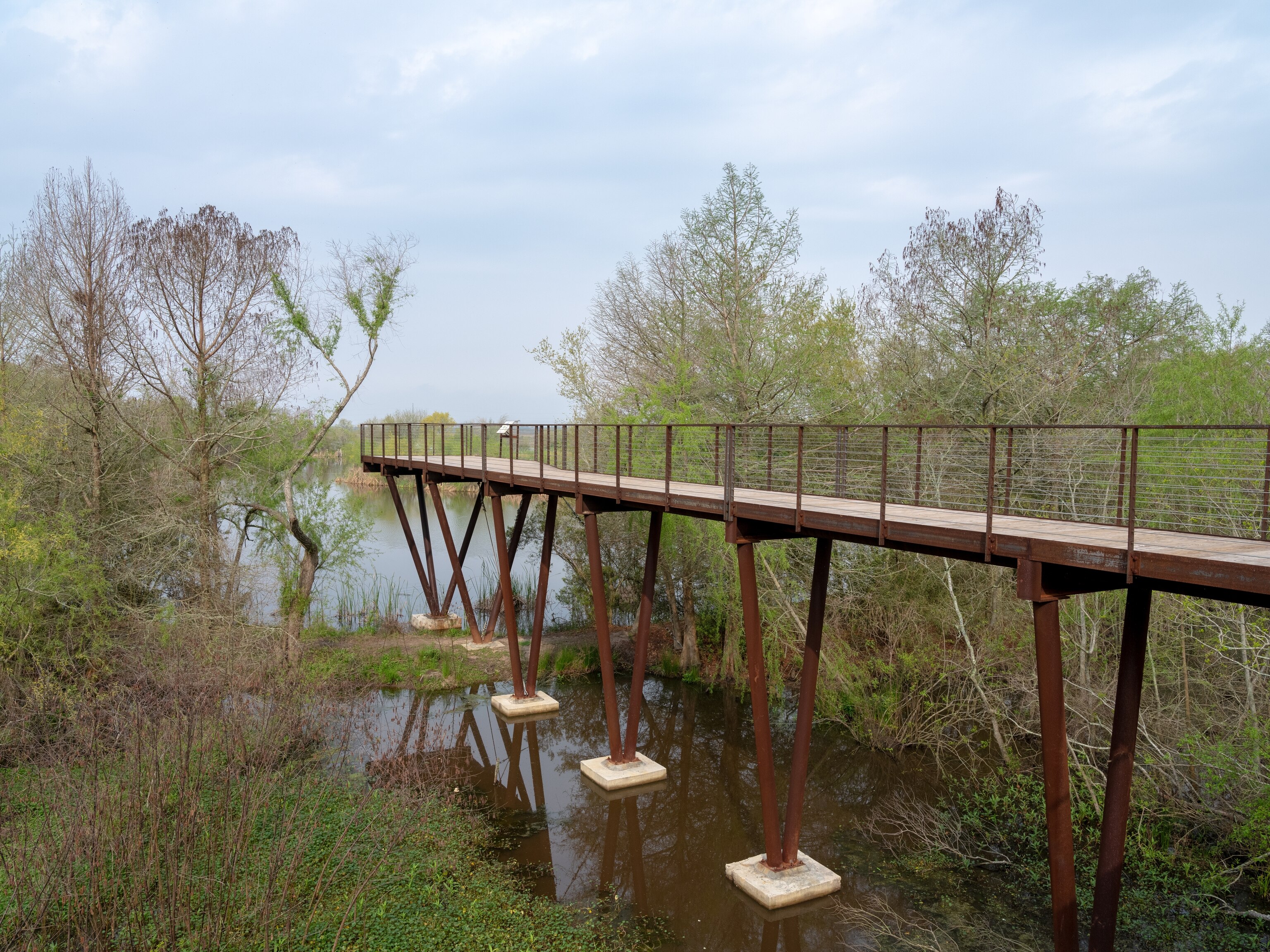
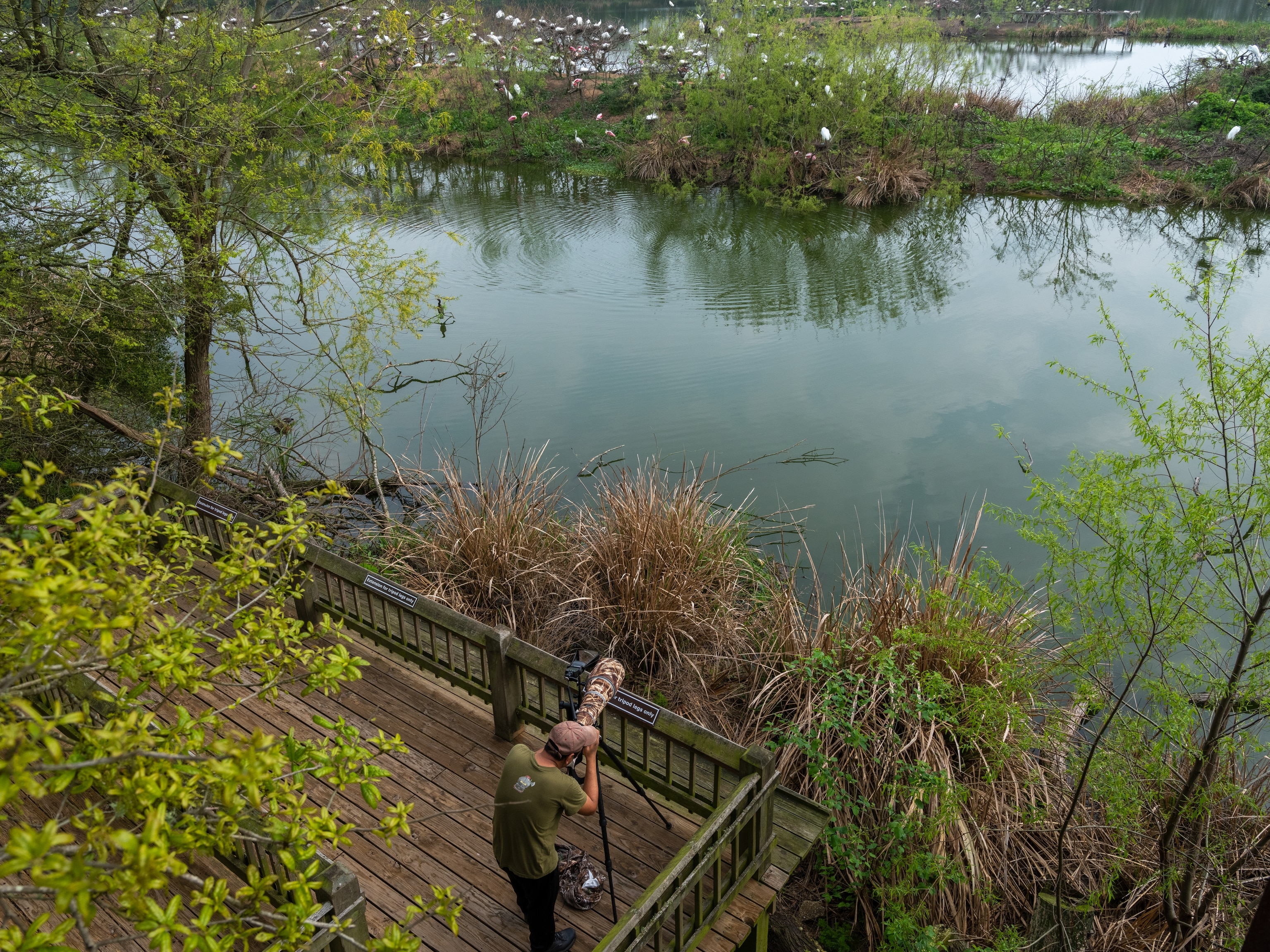
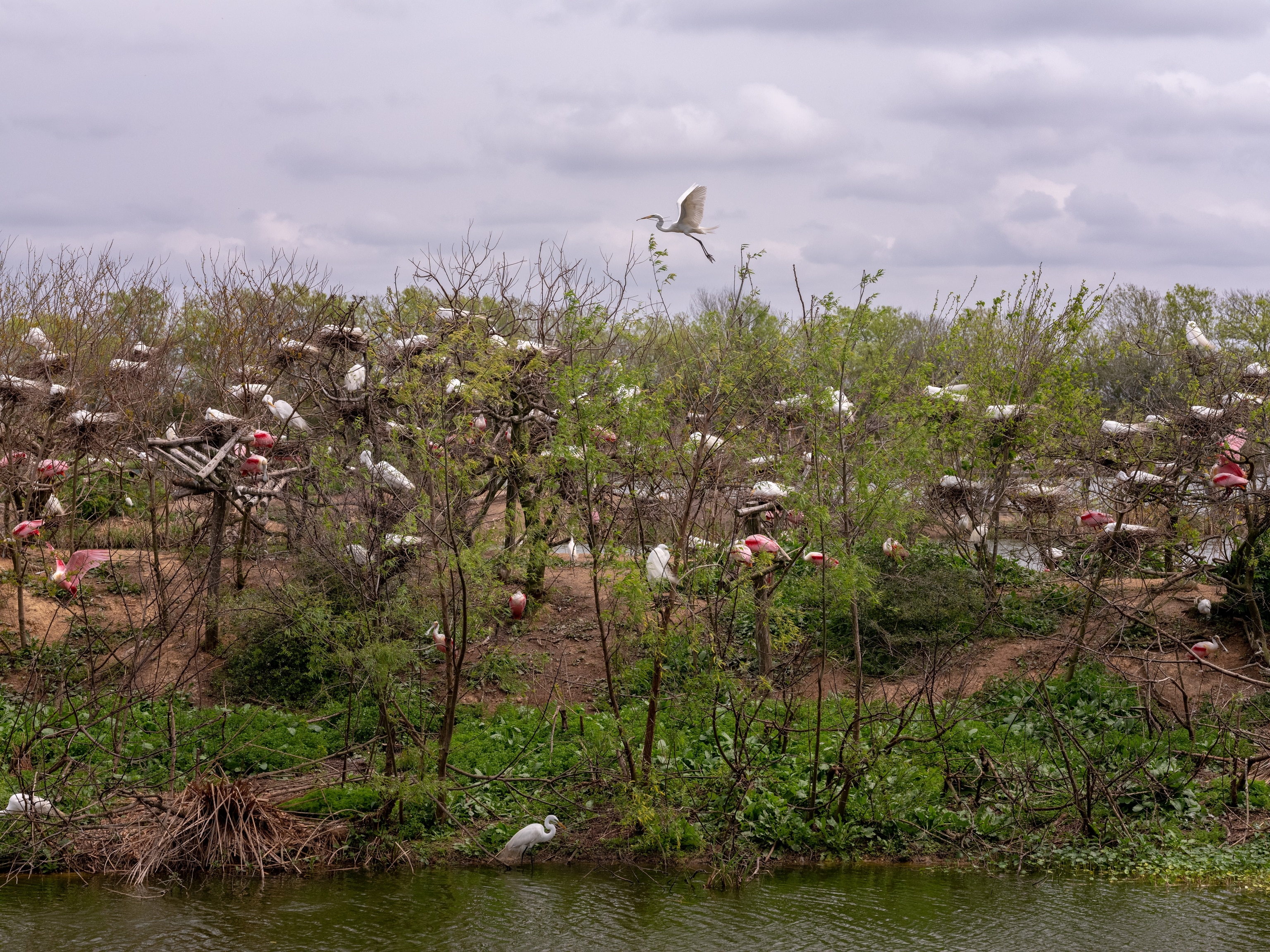
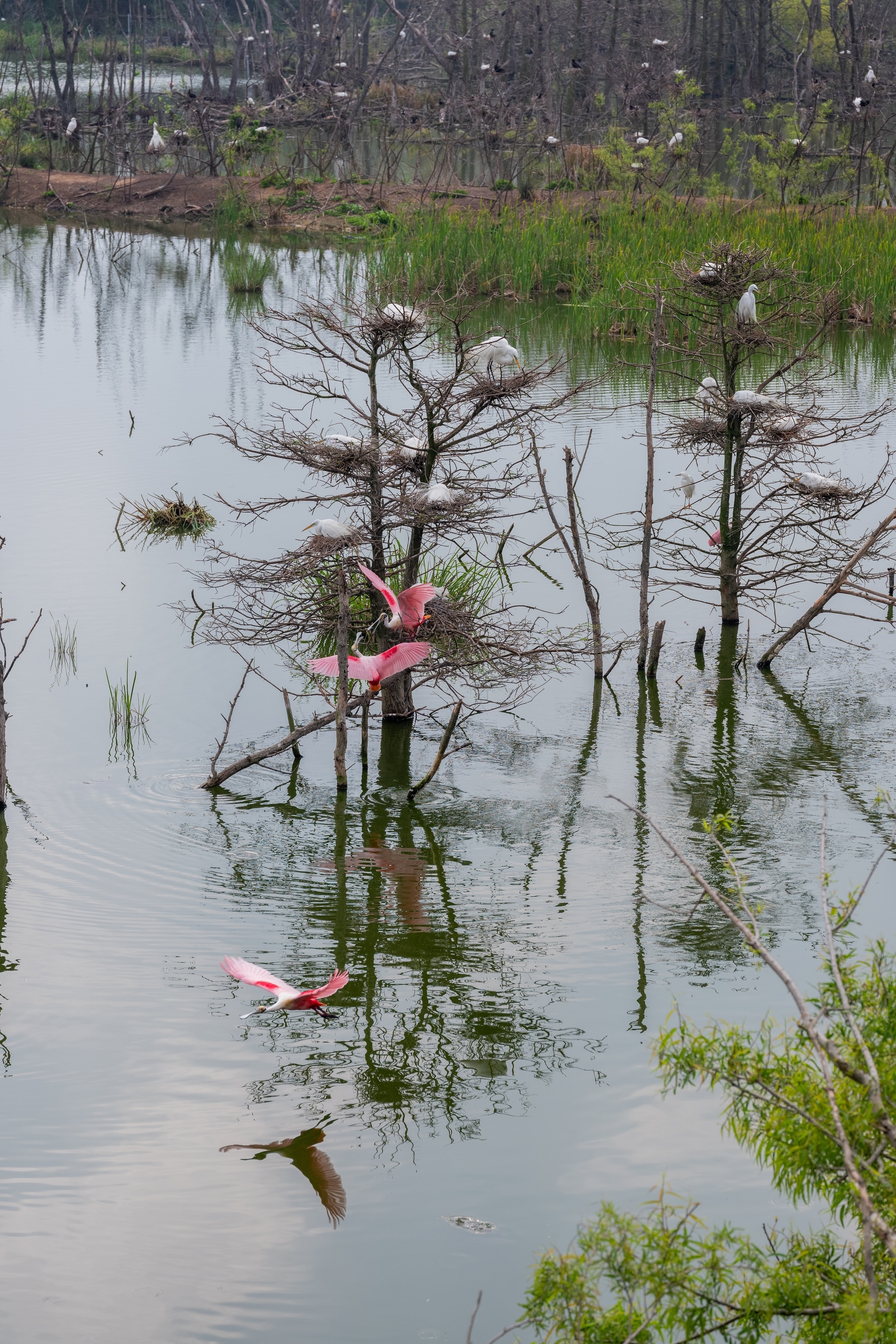
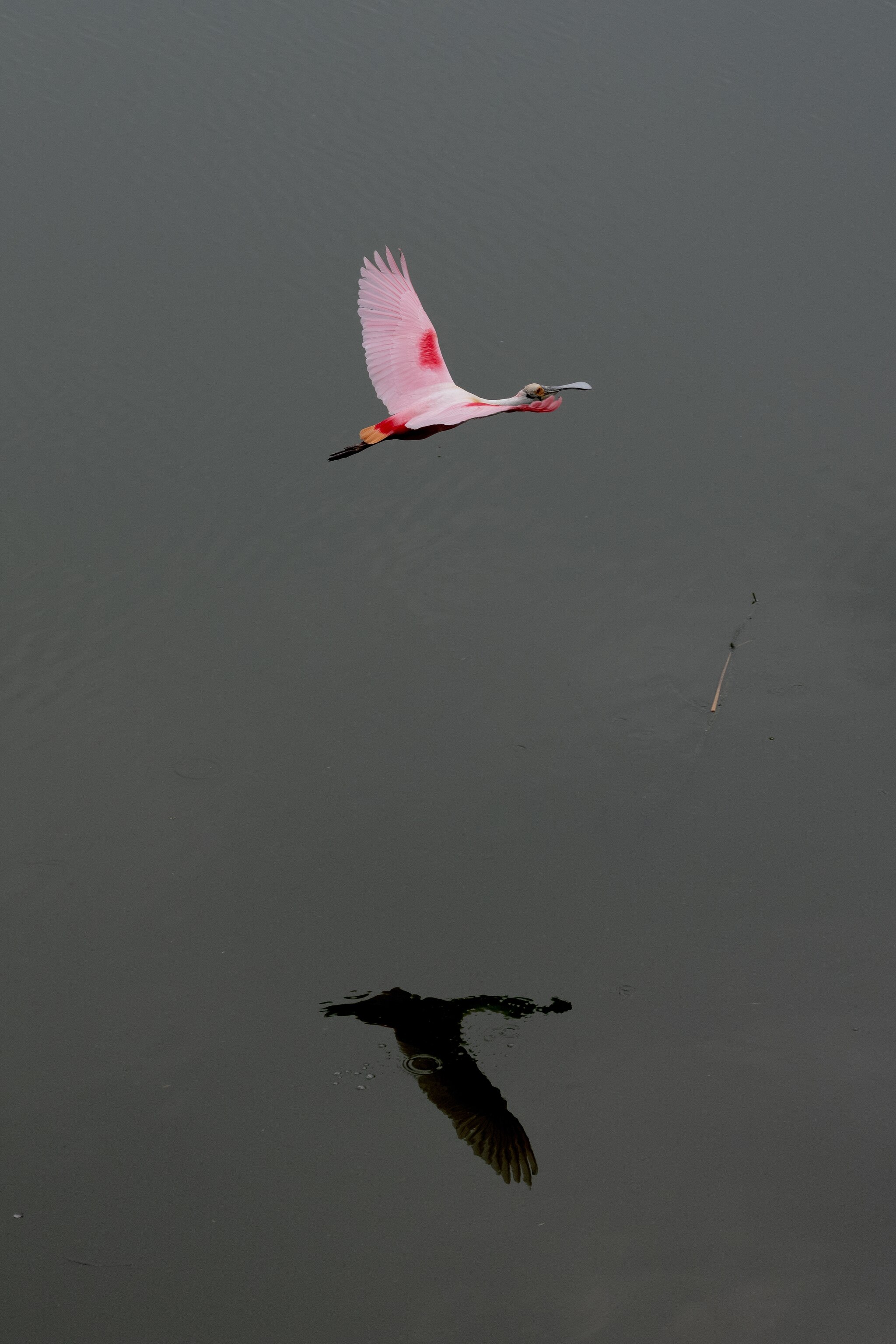
Birdwatching
Texas is for the birds—in a good way. Of the more than 1,000 bird species found in North America, over 600—including the endangered whooping crane, one of the rarest birds on Earth—can be found in Texas. That’s a greater diversity of avian life than any other state in the U.S., and a big reason why birders flock to the Great Texas Coastal Birding Trail. Spanning the state’s entire coastal region, the trail features 308 distinct birding sites, such as Matagorda Bay Nature Park, a 1,333-acre park and nature preserve located at the mouth of the Colorado River.
Use the Upper, Central, and Lower Coast trail maps to find bird-rich driving routes, hikes, tidal flats, marshes, and preserves, including Smith Oaks Bird Sanctuary, one of four Houston Audubon sanctuaries at High Island on the Bolivar Peninsula. For a bird’s-eye view of Smith Oaks’ world-famous rookery, where thousands of colorful water birds, including roseate spoonbills, nest each spring, stroll the Kathrine G. McGovern Canopy Walkway, a 17-foot-high, 700-foot-long, ADA accessible boardwalk.
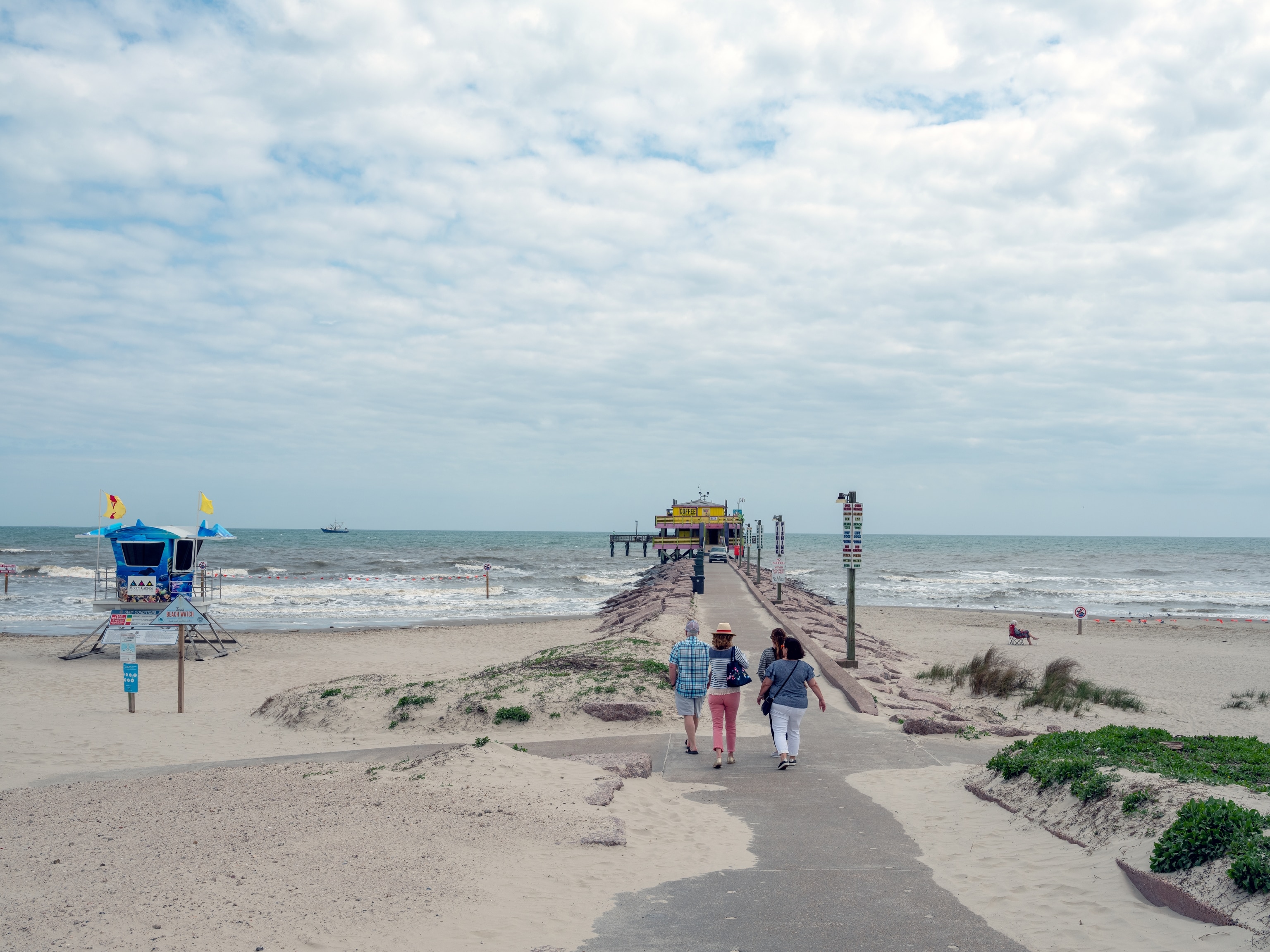

Beach Time
For a taste of true Texan beach life, swap cowboy boots for a pair of comfy, leather flip-flops from Dallas-based Hari Mari. Mild temperatures; broad, flat sands; and warm, calm waters create year-round toes-in-the-sand conditions in beach towns like Port Aransas, South Padre Island, and Rockport Beach, first in Texas to earn a coveted Blue Wave Beach designation from the Clean Beaches Coalition.
There’s always plenty of room—27 miles of public-access shoreline—to spread out a beach blanket on the finger-like Bolivar Peninsula. At the peninsula’s midpoint, visit Crystal Beach for a quintessentially Texas sun-and-surf experience. Park and drive on the hard-packed sand, beachcomb for shells and shark teeth, fly kites, go swimming and surf fishing, and build a campfire to roast hot dogs and marshmallows. From here, head over to Galveston Island via the Galveston-Bolivar Ferry to end the day riding high above the Gulf on the 100-foot-tall Galaxy Wheel at Galveston Island Historic Pleasure Pier.

Water Sports
The Gulf Coast is a vast play space for all sorts of water sports, whether boogie boarding at Crystal Beach, stand-up paddle boarding off Galveston Island, or kayaking and kite surfing in places like South Padre Island, Mustang Island, and Port Aransas. Most beach towns offer rentals, lessons, or tours. Near Corpus Christi, rent a kayak to explore the western shoreline of Corpus Christi Bay via the Mustang Island State Park Paddling Trail. Or, join a guided tour of the Lighthouse Lakes Paddling Trail (the state’s first paddling trail) to float through a maze of mangroves and seagrass flats in wildlife-rich Redfish Bay.
To kick up the adventure level, try kitesurfing, a wild, wave-hopping sport combining standing on a surfboard while being pulled by a kite. Houston Kiteboarding offers lessons and meet-ups at the Texas City Dike. The waist-deep waters here are ideal for beginner kiteboarding and for learning how to "fly" over the surface of the water on an eFoil (electric hydrofoil surfboard) or a wing foil, a windsurfing-hydrofoil hybrid and the hottest new sport on the Texas Gulf.
